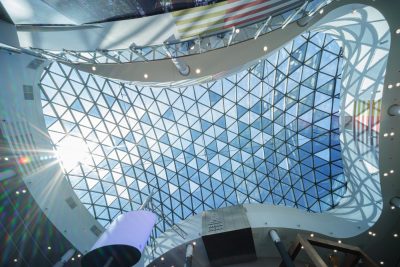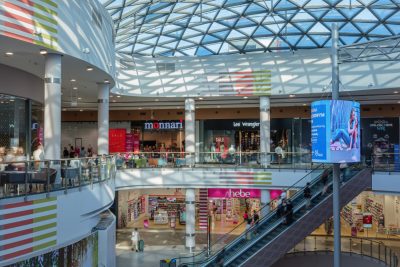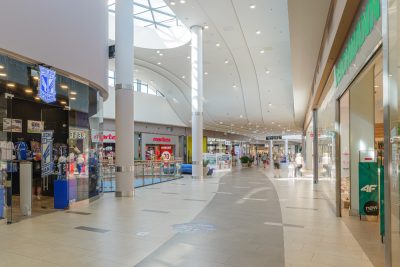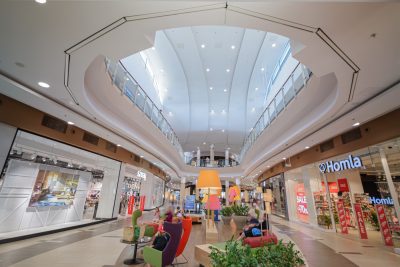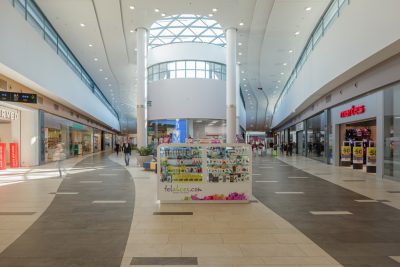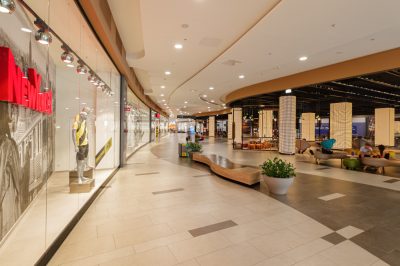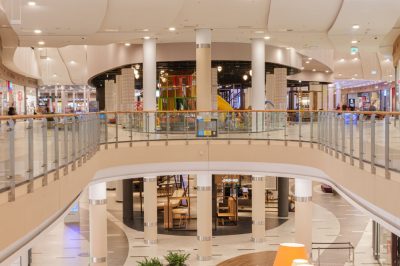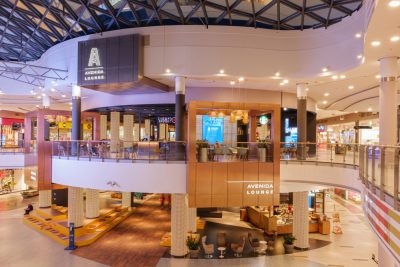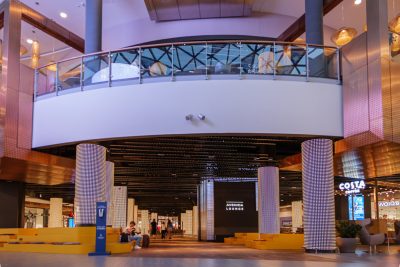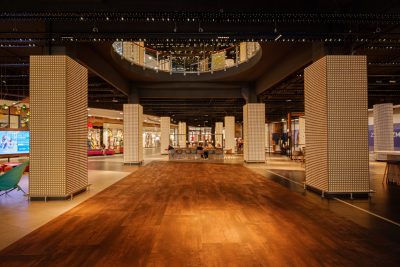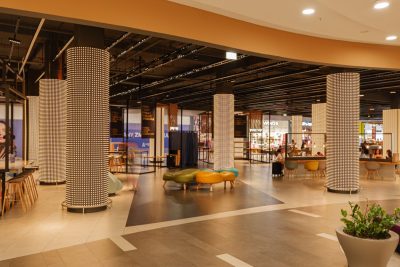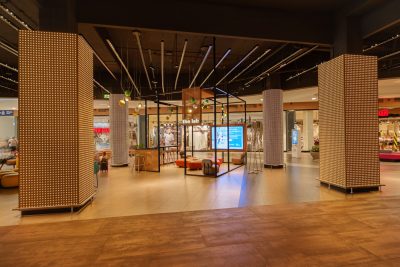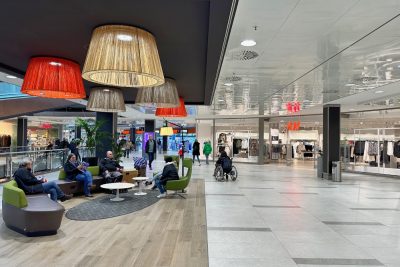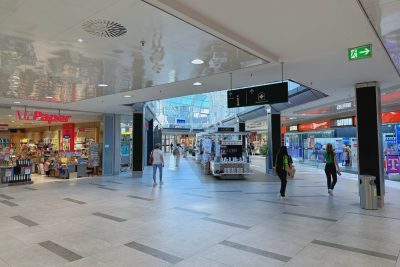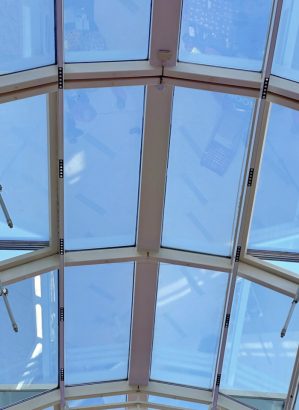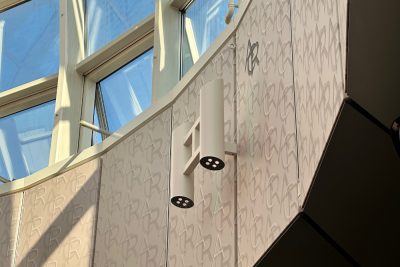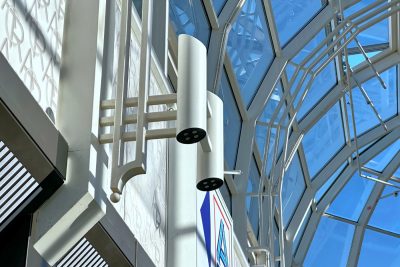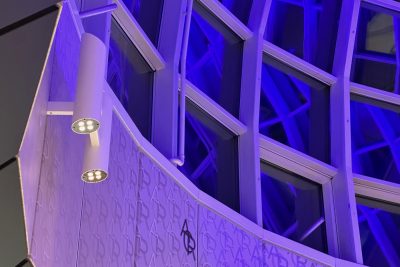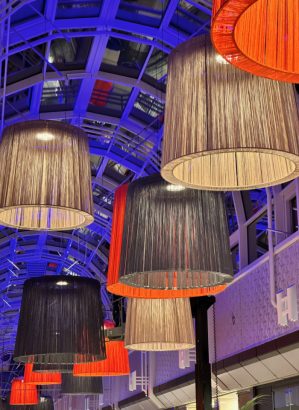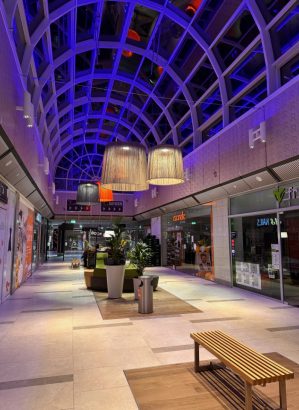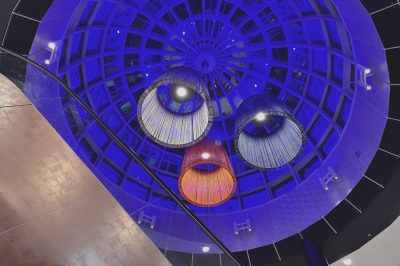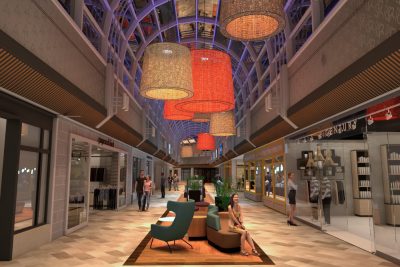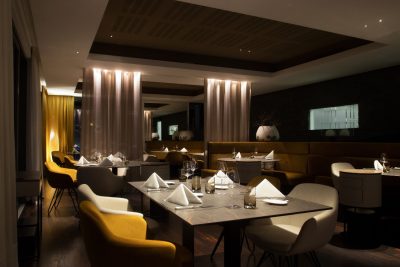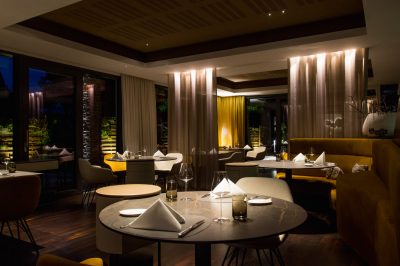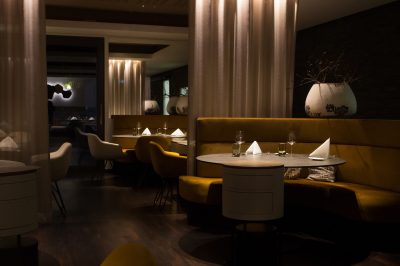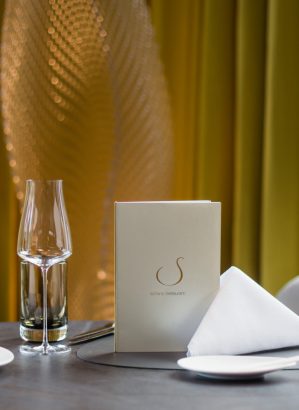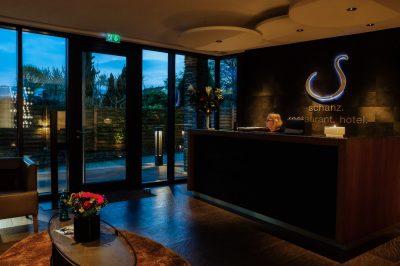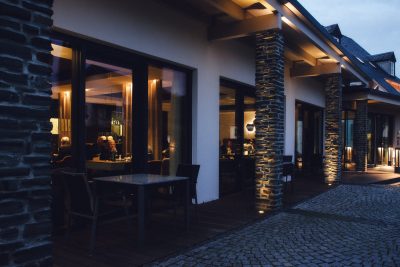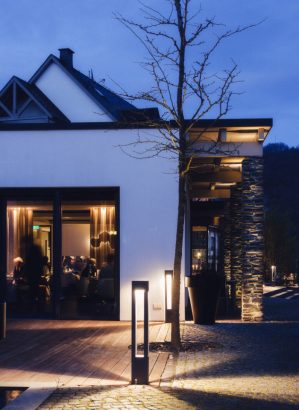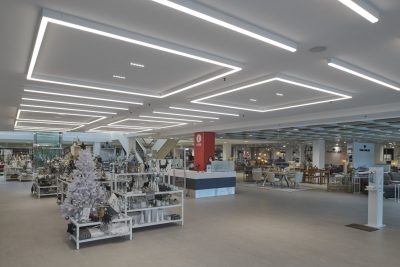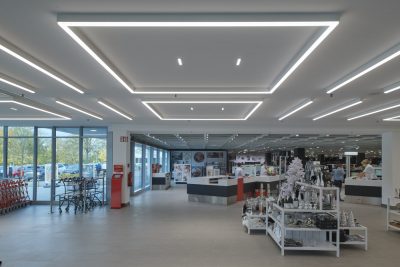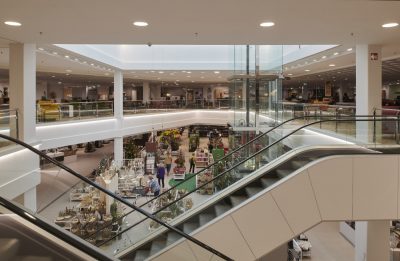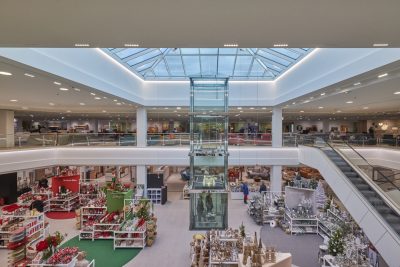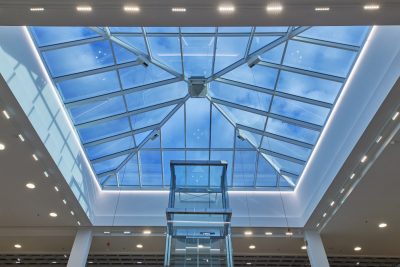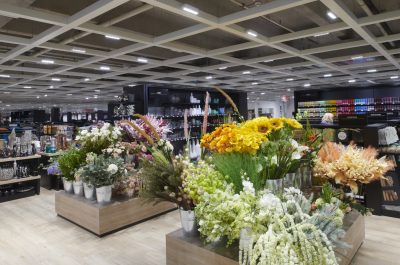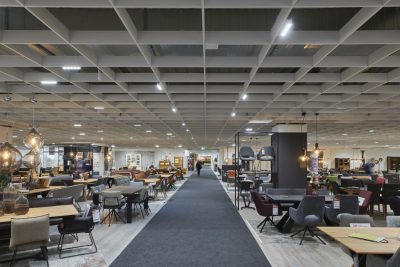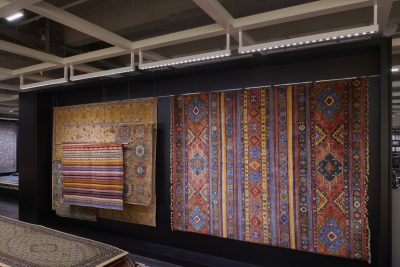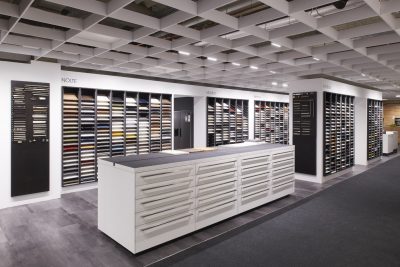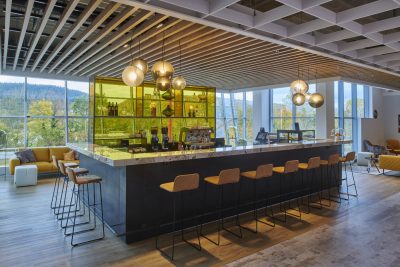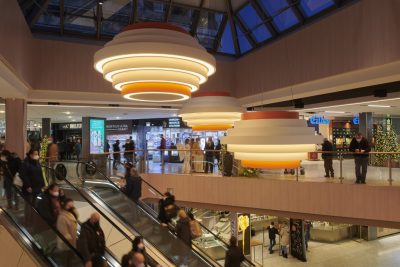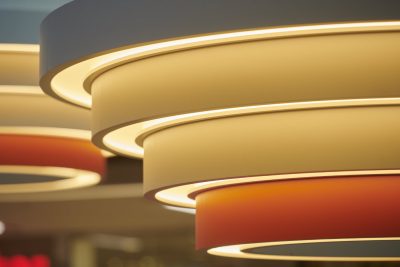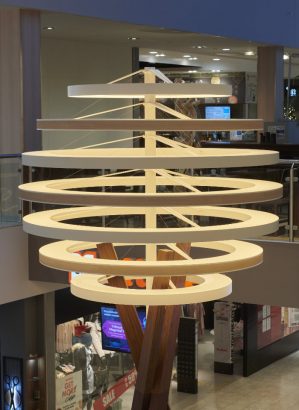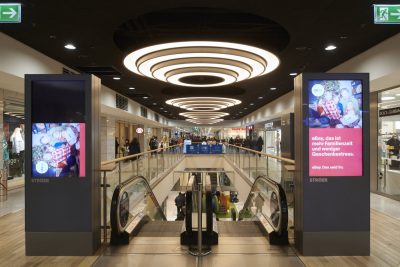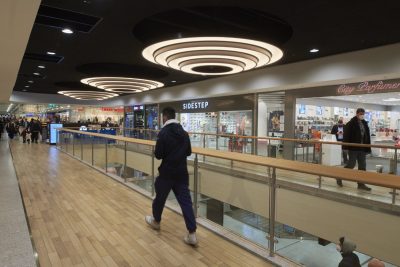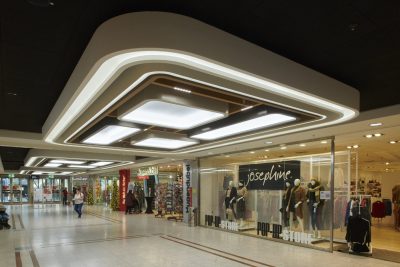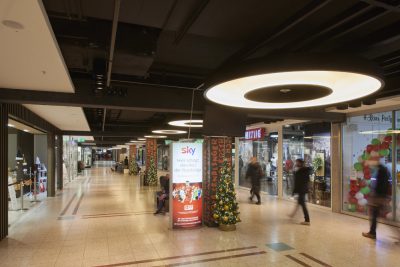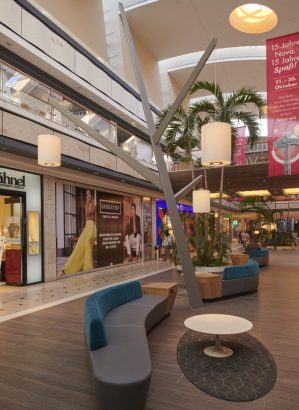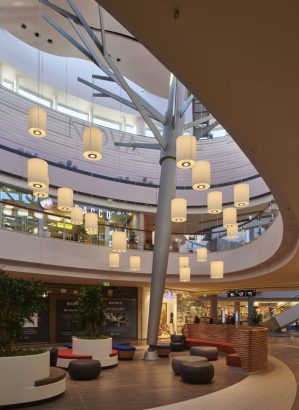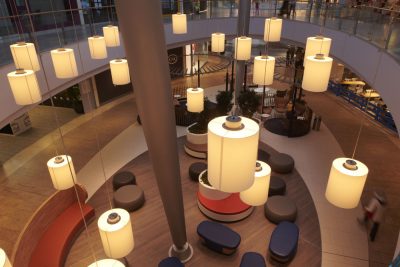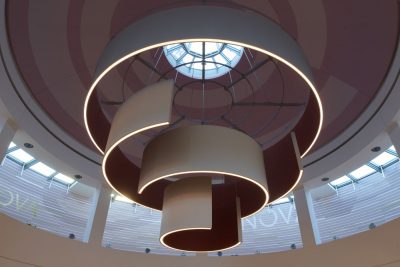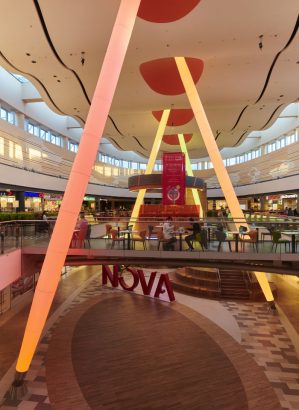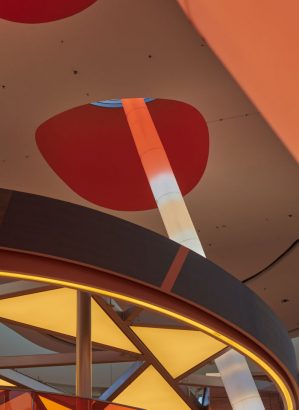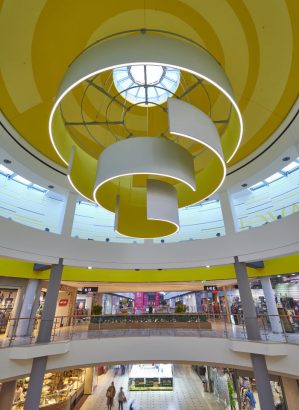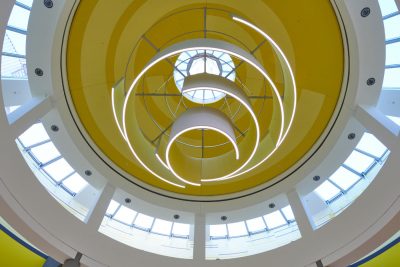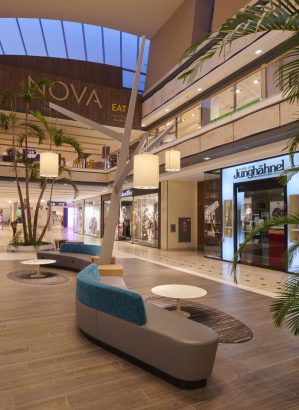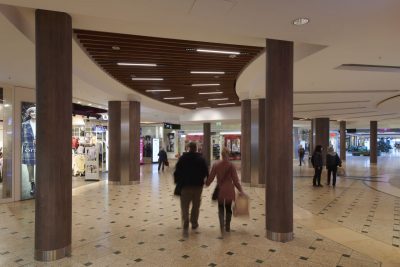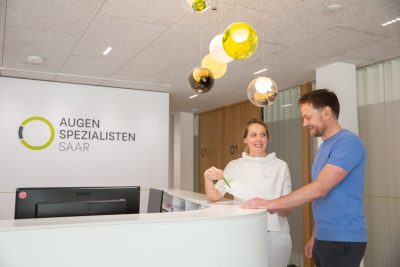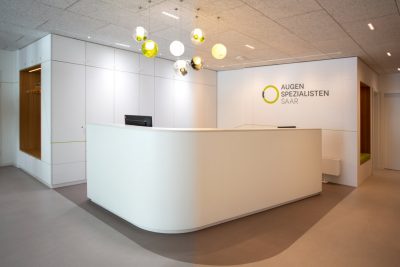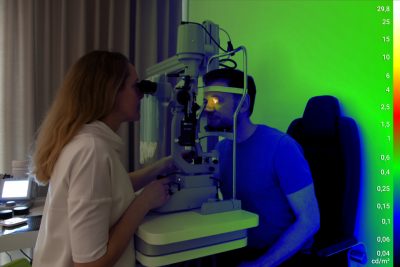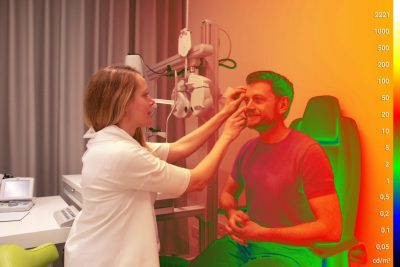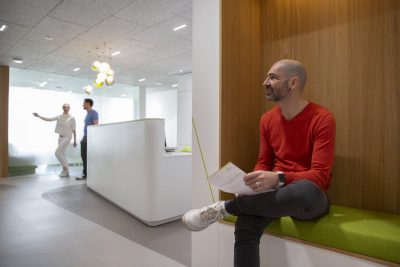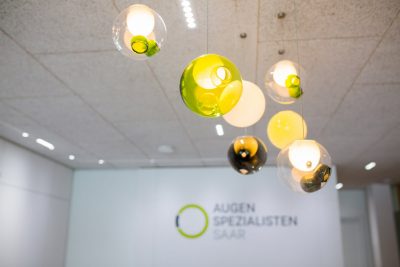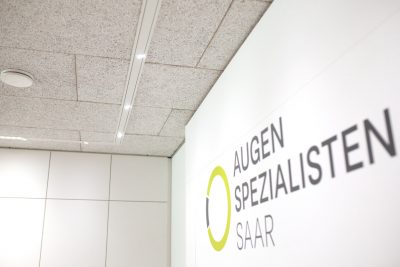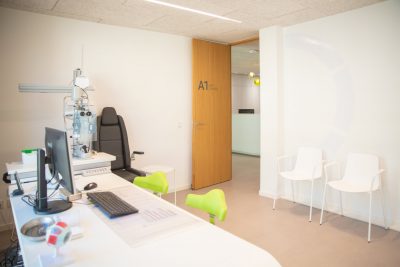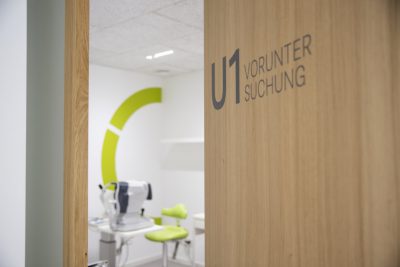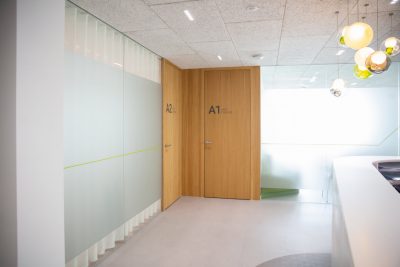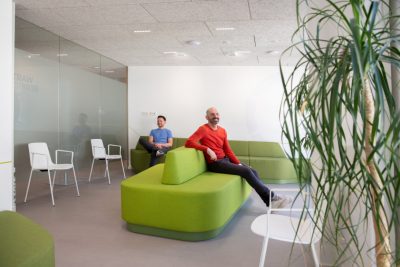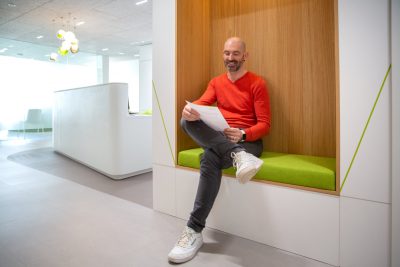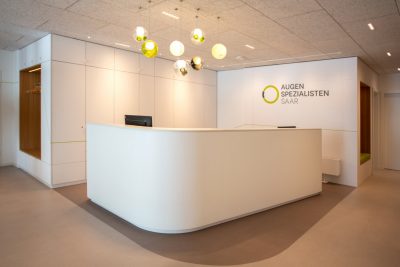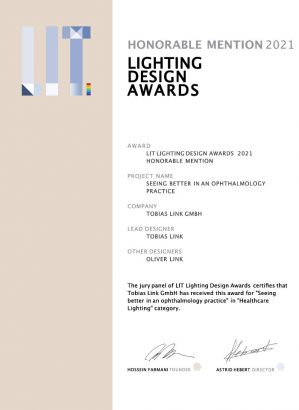Avenida Poznán
Transformation through Lighting Design
The modernization of Avenida Poznán demonstrates how carefully considered interventions in daylight and artificial lighting can not only improve functionality but also redefine the atmosphere of a shopping mall. Three key measures were at the heart of the project: regulating daylight, introducing a dynamic LED lighting concept, and redesigning the lounge.
The daylight shading design has been awarded with the "LIT Award" 2025 in the daylighting category.
Daylight Shading in the Food Court and Atrium
In the overexposed areas of the food court and the large atrium, an innovative shading concept was implemented. Special films that filter more than 90% of sunlight significantly reduce glare and thermal load. Since the films were applied only to the south-facing roof sections, the spaces still benefit from ample brightness. The result is a balanced, contrast-rich lighting atmosphere that makes the environment more comfortable and inviting.Dynamic Lighting Concept with LED and Casambi
The outdated HIT lighting system was completely replaced with modern LED luminaires featuring Tunable White technology. For the first time, this made it possible to realize a daylight-dynamic lighting concept within the mall. Light color and intensity now adapt automatically to natural daylight, creating a harmonious connection between indoors and outdoors. By switching to the Casambi control system, flexible and partially sensor-based regulation became possible, enhancing both energy efficiency and the overall sense of well-being.Redesign of the Avenida Lounge
Although the two-story lounge had already been attractively remodeled, its general lighting was unsuitable. Cool-white 4000 K luminaires with wide beam angles created a sterile atmosphere, undermining the lounge’s intended role as a retreat. These were replaced with numerous small, warm-white accent spotlights that generate playful light surfaces and a dynamic interplay of brightness and shadow. In addition, a custom-made light wallpaper was applied to the columns, providing pleasant vertical luminance and further structuring the space. Together, these elements transformed the lounge into an atmospheric highlight that draws visitors in.With these three measures, Avenida Poznán was revitalized both functionally and atmospherically — a successful example of how lighting design can simultaneously enhance comfort, energy efficiency, and architectural expression. Photos and Video: Marc André Stiebel
